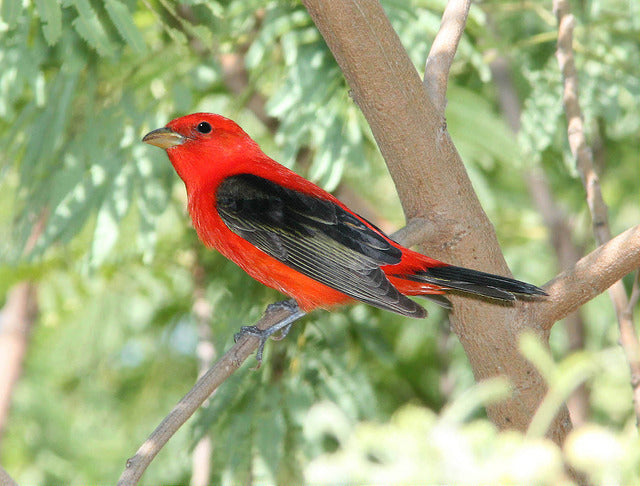Offer
Provide additional details about the offer you're running.
Provide additional details about the offer you're running.
Provide additional details about the offer you're running.

One of the first signs of spring to many of us is the calming chorus of songbirds belting out their familiar tunes from the treetops above.
But what if suddenly some of those songs disappeared?
According to a recent study by researchers from the Department of Ocean Sciences at Memorial University of Newfoundland and Florida’s Museum of Natural History, this could become a reality much sooner than most of us realize.
The study set out to measure the interval between spring plant growth and the arrival of 48 North American bird species between 2001 and 2012. What was noted was a growing gap between a rate of about one day per year, or five days per decade, on average.
While many of the species included in the study had a fine time slowly adapting to these changes, there was a group of nine species that have had a much more difficult time making the transition. For these species, the research found that some of these birds are arriving up to 15 days later than spring’s initial green-up.
“It’s like Silent Spring, but with a more elusive culprit,” Canadian Stephen Mayor, a postdoctoral researcher with the Florida Museum of Natural History author of the study published in Scientific Reports said in a statement.
“We’re seeing spring-like conditions well before birds arrive. The growing mismatch means fewer birds are likely to survive, reproduce and return the following year. These are birds people are used to seeing and hearing in their backyards… To imagine a future where they’re much less common would be a real loss.”
Of those species struggling to keep up are the scarlet tanager, indigo bunting, great crested flycatcher, eastern wood-pewee, rose-breasted grosbeak, blue-winged warbler, northern parula, yellow-billed cuckoo and Townsend’s warbler.

As birds time their migration based on the sun, the majority of species have had a fine time keeping pace with the gradual changes over the years. In fact, historical research has proven that birds and many other species have had to adapt to climatic shifts and the associated effects these have on available resources throughout their evolutionary history, the current rate of change is beginning to exceed what they are used to.
The question remains; will this be the end of some species of songbirds, or will they begin to adjust like so many others have?
High Quality Blend